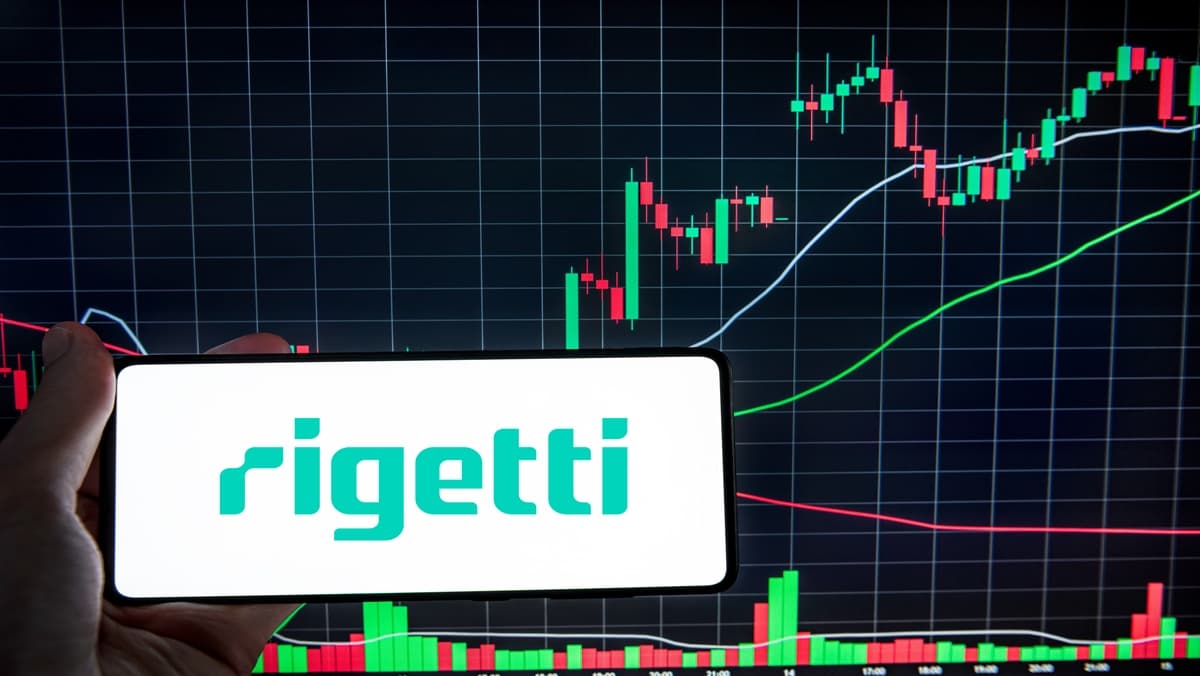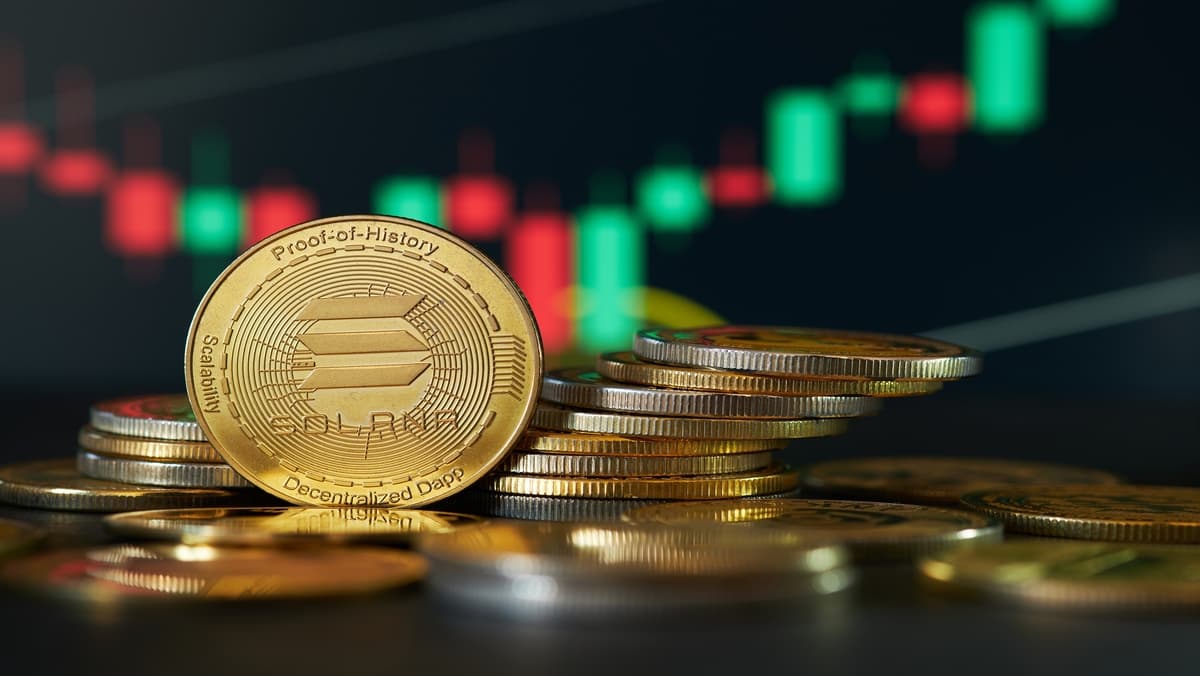Factors
Overall Market Conditions: Positive economic growth often lifts all stocks, while downturns can depress prices.
Company Performance: Strong earnings reports and successful product launches typically increase stock value.
Industry Trends: Positive trends in the energy sector (oil and gas) usually benefit MPN.MU.
Oil and Gas Prices: As a major energy company, MPN.MU is significantly affected by global oil and gas price fluctuations.
Geopolitical Events: Political instability or conflicts in energy-producing regions can impact supply and therefore stock price.
Interest Rates: Rising interest rates can make borrowing more expensive, potentially impacting investment in MPN.MU.
Investor Sentiment: Positive or negative investor attitudes towards energy stocks can influence demand and price.
Regulatory Changes: New environmental regulations or tax policies impacting the energy sector may affect MPN.MU.
Dividend Policy: A stable or increasing dividend yield can attract investors and support the stock price.
Currency Exchange Rates: Fluctuations in currency rates can affect the value of MPN.MU's international assets.
Competition: The performance of rival energy companies can indirectly influence MPN.MU's stock price.
Technological Advancements: Innovations in energy production or efficiency could impact MPN.MU's future prospects.
Mergers and Acquisitions: Potential or actual M&A activity involving MPN.MU can cause significant price swings.
Debt Levels: High debt can make investors cautious.
Management Decisions: Strategic choices by the company's leadership team influence investor confidence.
Global Economy: International economic health affects energy demand.
Alternative Energy Sources: Increased adoption of renewables may pressure traditional energy stocks.
Weather Patterns: Extreme weather can impact energy demand and production.
Supply and Demand: Basic economic principles related to energy supply and consumer demand.
Inflation Rates: High inflation influences input costs and consumer spending, affecting profitability.
Pandemics: Pandemics disrupt global economies and alter demand for energy.
Share Buybacks: Company actions that repurchase their own shares can increase stock value.
Political Stability: Stable governments and policy are desirable for energy projects.
Government Subsidies: Subsidies affect profitability.
Exploration and Production Costs: High costs of finding and extracting resources can lower profits.
Transportation Costs: The expense of moving energy resources from place to place.
Inventory Levels: High inventories can depress prices.
Storage Capacity: Adequate storage supports price stability.
Refining Capacity: Limited refining can lead to price increases.
Environmental Concerns: Growing anxiety about pollution can reduce demand for oil and gas stocks.
Carbon Taxes: Taxes on carbon emissions raise costs and reduce profit margins.
Green Initiatives: Investments in renewable energy projects may or may not please investors.
Government Policies: Legislation regarding energy consumption and production.
Trade Agreements: International pacts impacting energy trade.
Economic Growth Rate: Faster growth drives higher energy consumption.
Consumer Confidence: Optimistic consumers purchase more goods and services that require energy.
Corporate Earnings: Company profits strongly affect stock prices.
Analyst Ratings: Positive reviews from market experts encourage investment.
News Headlines: Media stories related to the company or industry.
Natural Disasters: Events that disrupt energy infrastructure.
Legal Issues: Lawsuits or regulatory fines can lower stock prices.
Brand Reputation: Positive public image attracts investors.
Social Trends: Shifting consumer preferences can affect long-term energy demand.
Resource Depletion: Concerns about shrinking reserves may influence valuation.
Climate Change Regulations: Policies designed to limit greenhouse gas emissions.
Electric Vehicle Adoption: Growing use of EVs reduces demand for gasoline.
Shareholder Activism: Pressure from investors pushing for changes.
Insider Trading: Illegal activity affecting stock prices.
Short Selling: Speculation of the stock price going down.
Cybersecurity: Risk of cyber attacks on energy infrastructure.
Global Trade: International commerce affecting energy consumption.
Technological Disruption: New inventions altering the energy landscape.
Political Instability: Unrest and conflict impacting oil supply.
Environmental Regulations: Rules and guidelines that impact costs and operations.
Supply Chain Disruptions: Breaks in the flow of goods and services affecting production.
Commodity Prices: The cost of raw materials needed for energy production.
Geopolitical Risks: Events that cause instability.
Monetary Policy: Actions taken by central banks.
Fiscal Policy: Government spending and taxation.
Economic Indicators: GDP, inflation, unemployment.
Labor Market Conditions: Availability of skilled workers.
Global Energy Demand: International need for power and fuel.
Emerging Markets: Growth in developing economies.
Energy Efficiency: Improvements that reduce consumption.
Renewable Energy Growth: Expansion of solar, wind, and other clean sources.
Decarbonization Efforts: Global push to reduce carbon emissions.
Supply Chain Resilience: Ability to withstand disruptions.
Investment in Infrastructure: Spending on energy transport and distribution.
Innovation in Energy Storage: Developing better batteries and other technologies.
Carbon Capture and Storage: Methods of removing CO2 from the atmosphere.
Government Incentives: Programs that encourage renewable energy development.
International Agreements: Treaties on climate change and energy policy.
Public Opinion: Attitudes towards energy sources and sustainability.
Social Responsibility: Companies that embrace ethical practices.
Corporate Governance: Transparency and accountability in leadership.
Risk Management: Strategies for dealing with uncertainty and threats.
Long-Term Growth Prospects: Potential for future expansion and profitability.
Valuation Metrics: P/E ratio, dividend yield, and other measures of stock value.
Market Volatility: Fluctuations in stock prices.
Trading Volume: Number of shares bought and sold.
Liquidity: Ease of buying and selling shares.
Options Trading: Contracts that give the right to buy or sell shares at a certain price.
Derivatives Markets: Complex financial instruments based on the value of energy.
Hedging Strategies: Techniques for reducing risk.
Fund Flows: Money moving into and out of energy stocks.
Institutional Investors: Large entities that hold significant shares.
Retail Investors: Individual investors who buy and sell stock.
Financial News: Reports and analysis of company performance.
Social Media: Online discussions and sentiment about the company.
Peer Group Performance: How similar companies are doing.
Benchmarking: Comparing performance against competitors.
Corporate Strategy: Company plans for growth and profitability.
Investment Decisions: Choices made by individuals and institutions.
Financial Analysis: Evaluating the company's financial health.
Economic Forecasts: Predictions about future economic conditions.
Energy Outlooks: Projections about future energy supply and demand.
Climate Models: Simulations of the Earth's climate.
Sustainability Reports: Information on environmental and social performance.
Stakeholder Engagement: Interactions with customers, employees, and communities.
Ethical Considerations: Moral principles guiding business practices.
Reputational Risk: Damage to brand image due to negative publicity.
Legal Compliance: Following all applicable laws and regulations.
Environmental Stewardship: Protecting the environment.
Social Impact: Positive contributions to society.
Governance Practices: Ensuring transparency and accountability.
Shareholder Value: Creating wealth for investors.
Corporate Responsibility: Acting in a sustainable and ethical manner.
Sustainable Development: Meeting the needs of the present without compromising the ability of future generations to meet their own needs.














